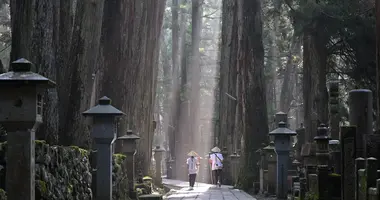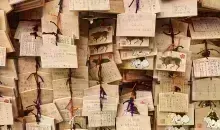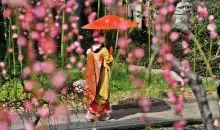Japanese New Year Cards - Nengajo
Japanese New Year Cards - Nengajo 年賀状 Just as people send Christmas cards in the West to keep in touch with friends and family, a similar tradition exists in Japan of sending New Year cards (nengajo) to arrive on January 1st. It is customary for businesses to send out these cards to clients and customers too.
Japanese New Year Cards - Nengajo 年賀状
Just as people send Christmas cards in the West to keep in touch with friends and family, a similar tradition exists in Japan of sending New Year cards (nengajo) to arrive on January 1st. It is customary for businesses to send out these cards to clients and customers too.
 Japanese New Year Cards - Nengajo
Japanese New Year Cards - Nengajo
Types of New Year Cards
Pre-formatted and postage-paid cards can be purchased from stationery shops which often have the relevant animal of the Chinese zodiac displayed as part of the layout. 2008 is the year of the rat and you will see the rodent as part of the 50 yen stamp at the top left of the card above.
The character for the particular animal featured that year is different from that used for the animal in everyday Japanese. Therefore, this year featuring the rat, the character you will see is the one usually used for the word "child" - a somewhat unfortunate, perhaps, double meaning.
Speaking of children, families often produced their own designs for the front of the card, usually with cute images of their offspring much to the fore. The bottom of these cards is printed with a lottery number for the New Year Jumbo Lottery (takarakuji) so as well as sending your friends a New Year greeting, you could be sending them a fortune, though the odds are not stacked in your favor!
Delivery
The post office takes on part-time workers, often students, to help deliver the estimated 35 billion cards (about thirty cards for every man, woman, and child in Japan) sent each year and post office letter boxes are changed to provide a separate opening just for nengajo. New Year cards account for almost 20% of all annual postal revenues in Japan.
The tradition of sending nengajo supposedly goes back to the Heian Period (794-1192) and became institutionalized when the modern Meiji-era Japanese post office began printing cards in 1873. Lottery numbers began to be issued on cards in 1949 to lift the Japanese people out of their post-war blues.










